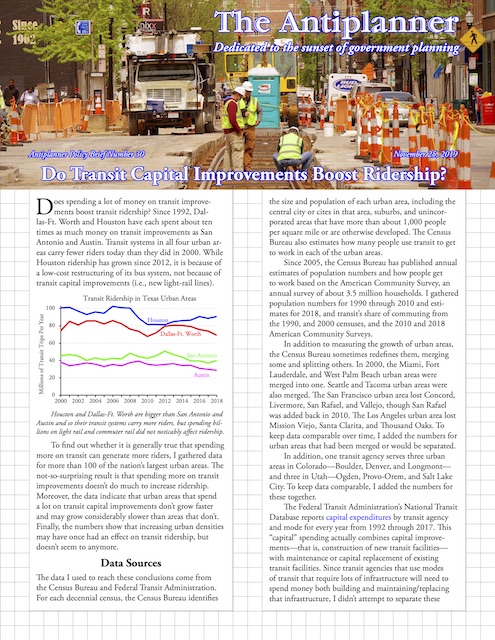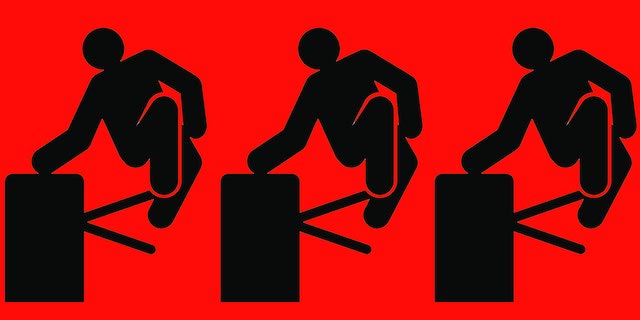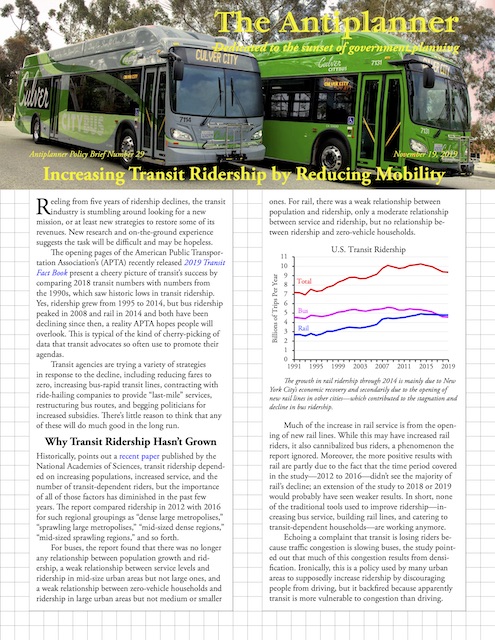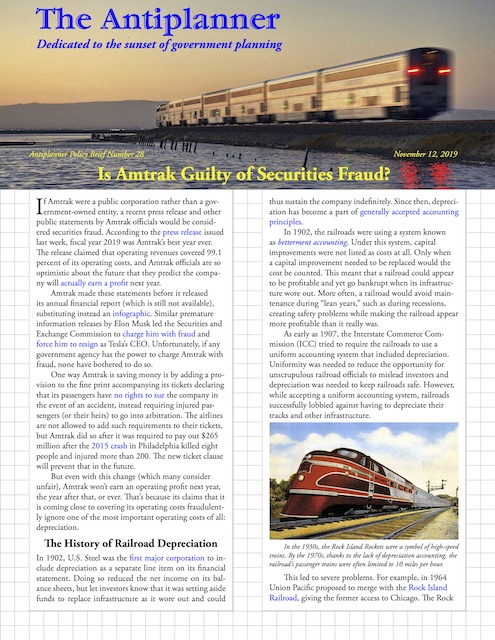In 1989, when Vickie and I decided to move from Eugene to Portland so I could work on the SP&S 700, home prices in Portland were starting to rise following the recession of the 1980s. We soon realized that we couldn’t afford a home in Portland, but we did find a nice house in a Portland suburb called Oak Grove. Having grown up in Portland, I was aware that Oak Grove was located a few miles south of the city on the east side of the Willamette River, but I didn’t know much about it.
I soon learned that Oak Grove is an unincorporated area that had exclusively been farmland until 1892, when the world’s first electric interurban railroad connected the 20-mile distance between Portland and Oregon City, Oregon’s oldest incorporated city. Wealthy Portlanders soon realized that they could “get away from it all” by building homes along the rail line and commuting.
By 1930, parts of Oak Grove nearest the trolley line had been subdivided into standard 50×100 lots centered around a small retail area. But much of the community was a “railroad suburb,” with large houses on parcels of an acre or more, interspersed with farms and dairies. Over succeeding generations, the large parcels and farms were broken up and sold off. Today, the community has a wide variety of lot sizes and home styles. Continue reading











